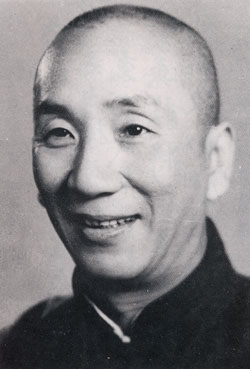There is so much I don’t understand. Probably never will.
And I agree with so much already stated in this thread. I have a poor understanding of leg locks, they are a mystery to me, other than really simple ones. But I never work on them anymore anyway. And that’s My bad.
Cornermen….having been both a cornerman and a fighter with cornermen, I can tell you unless you’re a real rookie, you aren’t about to listen to cornermen screaming instructions while you’re fighting. It’s tough to hear in front of a crowd anyway, especially a large vocal crowd, it’s not like the UFC on TV where there’s mikes near them. And you really can’t multitask and try to hear what they say when someones trying to beat you up. Besides, cornermen tend to yell at the same time….different things.
I don’t understand the immense popularity of Tae-Kwon-Do. I mean no disrespect by that what-so-ever, I just don’t understand it’s popularity. Is it because there are so many TKD schools?
I’ll never understand the I-Ching. And I used to try, a lot. Complete loss to me.
I’ll never understand the buying-in to the whole “simple touch” pain techniques/knockouts.
And I agree with so much already stated in this thread. I have a poor understanding of leg locks, they are a mystery to me, other than really simple ones. But I never work on them anymore anyway. And that’s My bad.
Cornermen….having been both a cornerman and a fighter with cornermen, I can tell you unless you’re a real rookie, you aren’t about to listen to cornermen screaming instructions while you’re fighting. It’s tough to hear in front of a crowd anyway, especially a large vocal crowd, it’s not like the UFC on TV where there’s mikes near them. And you really can’t multitask and try to hear what they say when someones trying to beat you up. Besides, cornermen tend to yell at the same time….different things.
I don’t understand the immense popularity of Tae-Kwon-Do. I mean no disrespect by that what-so-ever, I just don’t understand it’s popularity. Is it because there are so many TKD schools?
I’ll never understand the I-Ching. And I used to try, a lot. Complete loss to me.
I’ll never understand the buying-in to the whole “simple touch” pain techniques/knockouts.

